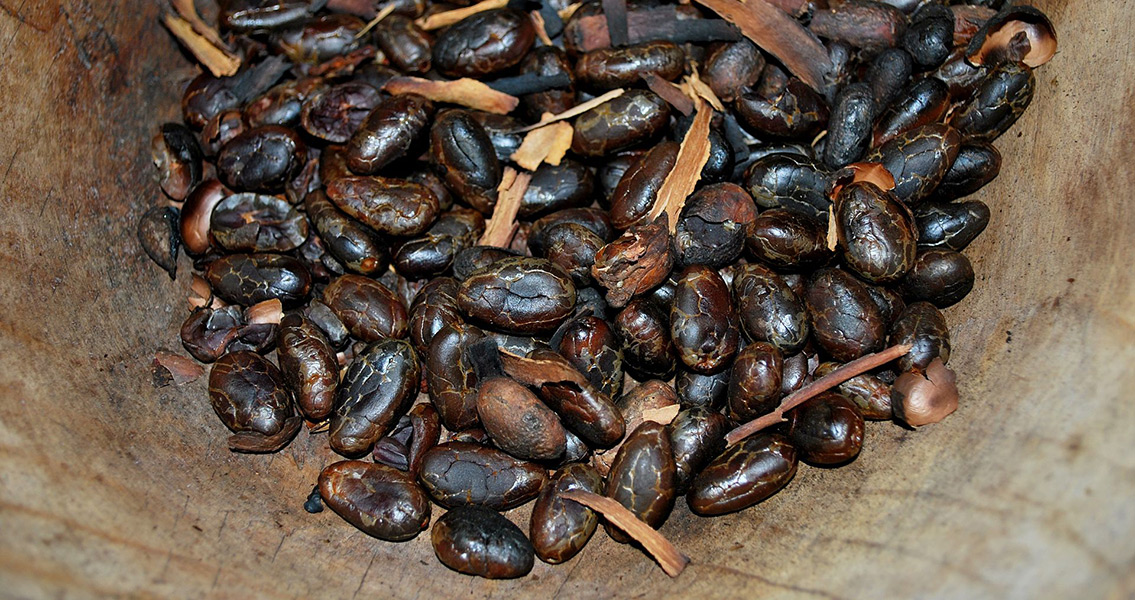<![CDATA[The image of a cup of hot coffee warms many hearts around the world but the consumption of caffeine has been taken as a relatively modern phenomenon. A large-scale study led by scientists from the University of New Mexico however, has found that as far back as 750 CE the people living in what is now the Southwest of the United States knew and used caffeinated drinks, made from cacao and holly. The study’s authors claim this is the largest research of this kind as it covered evidence spanning seven centuries and used the largest number of samples so far. The evidence was organic residue from 177 shards of jars, bowls, and pitchers previously unearthed at 18 archaeological sites throughout the US Southwest and the Mexican Northwest. Some 40 of these samples contained traces of caffeine, along with theobromine and theophylline – compounds collectively known as methylxantines and present in stimulant drinks. The lead author of the study, Patricia Crown, told Ancient Origins that the drinks were made more like tea than coffee, with the twigs and leaves of the plants first roasted and then seeped in boiling water. Yet they weren’t drank on a regular and casual basis, the authors believe. Since no cacao or holly grew in the region at the time, the leaves and twigs from which the 'Black drink' (as it was called in later records) was made had to be imported from the south. As a result, the drink was probably consumed during special occasions – at religious ceremonies or political gatherings, Ancient Origins quotes Crown as saying. Still, this suggestion was based on the context of the finds rather than on actual evidence, and on the fact that Mesoamericans, for whom cacao was a native plant, also consumed caffeinated drinks on special occasions only. The fact that native peoples in the American Southwest and the Mexican Northwest in the eighth century had access to imported goods has implications for the understanding of the social and economic ties in the region at the time. Apparently, there were well established trade routes that were used for as long as seven centuries, although where exactly these routes passed may be impossible to determine. Maybe Mesoamericans came to the Gulf Coast and brought the plants with them or maybe the people from the Southwest went to Mesoamerica. Whatever the case, the study reveals that the inhabitants of the American Southwest were aware of foreign resources and knew how to get them via trade exchanges. What is interesting as well is that the Southwest United States at the time was inhabited by a diverse group of cultures, quite distinct from each other. Nevertheless, all of them shared a liking for the stimulant drinks made from cacao and holly leaves and twigs, the authors note. Crown, a distinguished professor of anthropology at the University of New Mexico, says that while it’s common knowledge that caffeinated drinks were widely and regularly used in Mesoamerica, the extent of these drinks’ use in North America is just now starting to become clear. For more information: ”Ritual drinks in the pre-Hispanic US Southwest and Mexican Northwest” Image courtesy of Wikimedia Commons user: Alejandro Linares Garcia]]>
Love for Caffeine in America Traced Back to 750 CE
